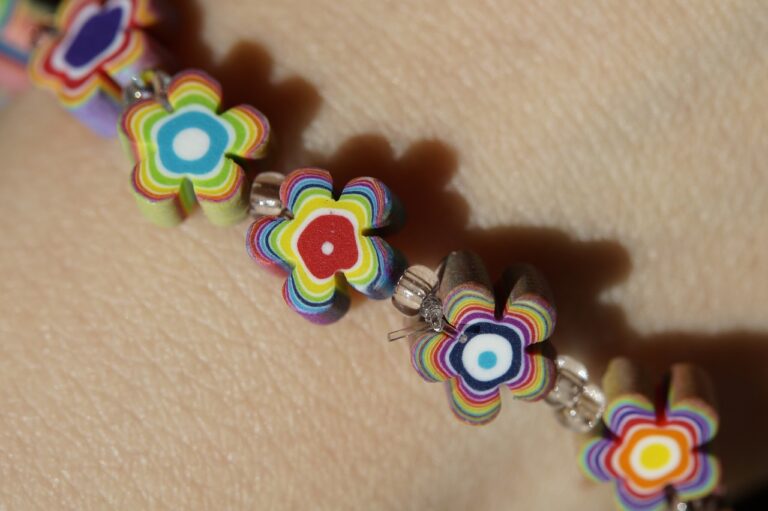Fashion Iconography: Symbols and Motifs That Define Fashion Eras
The Roaring Twenties, often referred to as the Jazz Age, was a period of immense change and cultural dynamism in America. One of the main symbols that defined the era was the flapper, a symbol of rebellion and freedom for women. With their short hair, stylish short dresses, and non-conformist attitudes, flappers represented a break from traditional gender norms and a newfound sense of independence.
Another prominent symbol of the Roaring Twenties was the automobile, particularly the Ford Model T. The affordability and accessibility of cars revolutionized transportation and paved the way for a more mobile society. The automobile became a symbol of progress and modernity, allowing people the freedom to travel further and faster than ever before.
Motifs of the Swinging Sixties
The Swinging Sixties were marked by a rebellion against the societal norms of the time. The youth culture of the era embraced freedom, individuality, and social change. This sentiment was reflected in the fashion, music, and art of the period, with bold colors, psychedelic patterns, and innovative designs becoming prevalent.
Flower power, peace signs, and the iconic Volkswagen van exemplified the spirit of the Swinging Sixties. The hippie movement rejected materialism and embraced love, unity, and harmony with nature. These motifs were not only symbolic of the era but also served as a catalyst for social and political movements that would shape the decades to come.
Iconography of the Punk Rock Era
The punk rock era brought with it a bold and rebellious aesthetic that was reflected in the iconography of the time. The DIY ethos of punk culture was evident in the torn and safety pinned clothing, graffiti-laden walls, and anti-establishment slogans that adorned the streets and venues where punk music thrived. Symbols like the anarchy sign, the safety pin, and the Mohawk hairstyle became synonymous with the punk movement, embodying a spirit of defiance and nonconformity.
The visual language of punk was raw and unapologetic, mirroring the fast-paced, energetic music that defined the era. Images of skulls, spikes, and chains were prevalent in punk iconography, representing themes of rebellion, aggression, and alienation. The punk rock era created a distinctive aesthetic that continues to influence fashion, art, and design to this day, underscoring the enduring impact of this subversive and revolutionary movement.
• The anarchy sign, a symbol of rebellion and anti-authoritarianism, was a common motif in punk iconography
• Safety pins were used not only as clothing fasteners but also as accessories to convey a sense of defiance
• The Mohawk hairstyle, with its shaved sides and spiked top, became a bold statement of nonconformity
• Skulls, spikes, and chains were often incorporated into punk imagery to evoke themes of aggression and alienation
What are some common symbols of the Roaring Twenties in iconography?
Some common symbols of the Roaring Twenties include flappers, jazz music, prohibition, and art deco design.
What are some motifs of the Swinging Sixties in iconography?
Some motifs of the Swinging Sixties include peace signs, psychedelic patterns, bell-bottom pants, and the hippie movement.
What are some iconic symbols of the Punk Rock Era in iconography?
Some iconic symbols of the Punk Rock Era include safety pins, leather jackets, Mohawk hairstyles, and DIY aesthetics.







